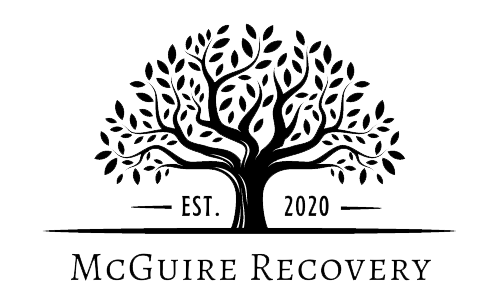Understanding NARM Therapy
1. Developmental Trauma:
NARM therapy recognizes that early experiences of neglect, abandonment, or abuse can disrupt healthy development and lead to unresolved trauma patterns that persist into adulthood.


2. Relational Approach:
Central to NARM therapy is the therapeutic relationship. The therapist provides a safe and attuned environment where clients can explore their relational patterns, attachment dynamics, and unresolved emotions.
3. Somatic Awareness:
NARM emphasizes somatic awareness, focusing on the connection between bodily sensations, emotions, and psychological experiences. Clients learn to notice and regulate bodily responses associated with trauma triggers.


4. Working with Shame and Identity:
NARM therapy helps individuals explore and transform shame-based identity structures that often result from early relational trauma. Clients learn to develop a more compassionate and authentic sense of self.
5. Integration of Parts:
NARM acknowledges the fragmentation of self that can occur as a result of trauma. Therapy involves integrating disowned parts of the self, fostering a more cohesive and resilient sense of identity.


6. Resolving Survival Styles:
NARM identifies five adaptive survival styles—fight, flight, freeze, fawn, and submit—and helps clients understand how these patterns manifest in their lives. Therapy focuses on transforming these survival strategies into healthier coping mechanisms.
7. Emotional Regulation:
Clients learn skills for emotional regulation, including mindfulness techniques, grounding exercises, and self-soothing practices. These tools help individuals manage overwhelming emotions and establish greater resilience.


8. Post-Traumatic Growth:
NARM therapy emphasizes the potential for post-traumatic growth, helping clients move beyond mere symptom reduction to achieve a deeper sense of empowerment, purpose, and connection in their lives.

